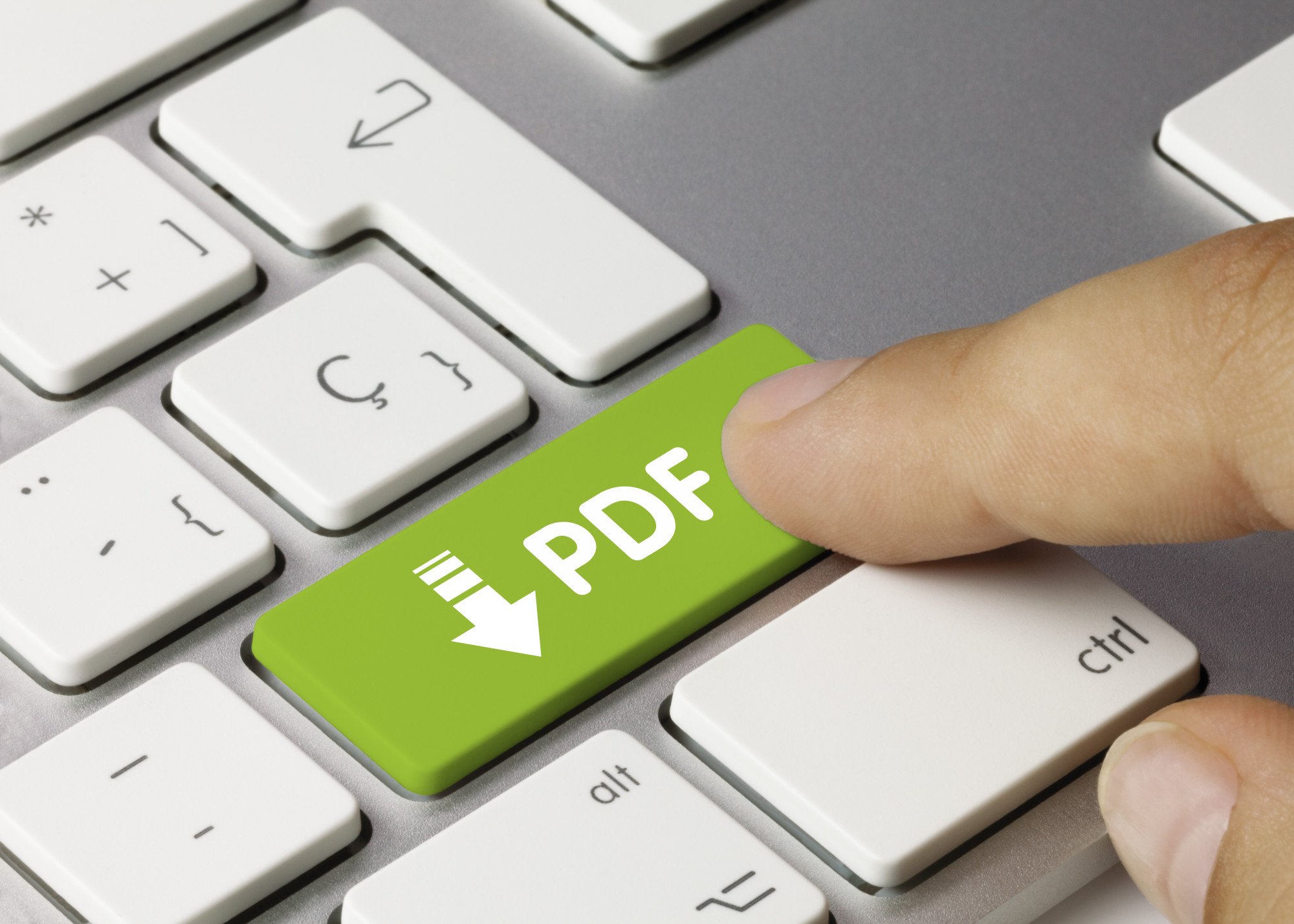We’re living in the age of big data. Analyzing massive amounts of data is vital for research, providing humans with a plethora of insights. But to do so, we need programming solutions to process large data files.
When it comes to Java, basic parsing is included in the language, but it tends to fall short when it comes to complex situations. As such, lots of programmers turn to external libraries that take care of the heavy lifting.
But what is parsing in Java? How do you use libraries, and what should you look for when choosing pdf parsing in Java?
Keep reading to learn more!
Choosing a PDF Library
A Java PDF library is important for parsing in order to allow access to the data within the PDF, structure the data, and create a way to interact with the data programmatically. There are several factors to consider. The library must be compatible with the desired platform, such as Java 8+ or higher.
The library should also provide features such as adding and editing text, images, forms, and annotations, extracting text data, and converting data to and from PDFs. Furthermore, the library should also be able to decrypt and encrypt documents if needed.
Adding Dependencies
It requires the incorporation of certain dependencies. For a comprehensive analysis of PDF files in Java, it is necessary to add PDFBox API to the project. Developers can extract text from PDF documents, read certain properties such as metadata, or even edit content.
It needs to add the appropriate Maven dependencies to its project. If even more advanced analysis is required, Apache Tika is an open-source library that supports more extensive features like optical character recognition (OCR). In order to use Tika, the JAR files must be included with the project.
Reading PDF Content
It allows developers to easily interpret the needed text and visual content for further processing and manipulation. It is quite simple and clean; it identifies all words, sections, headings, paragraphs, tables, forms, and other objects and elements, including the type of fonts, colors, and graphics, as well as text from alignment, page layout, and other visual elements.
They offer a variety of possibilities for developers to manipulate and create PDFs – you can combine multiple documents into one and convert PDF to multiple formats (Word, HTML, and image files).
Handling PDF Metadata and Images
When dealing with metadata, it is important to understand the different types of metadata that a PDF document can contain. Subsequent to this, one needs to be familiar with the various libraries available to parse the metadata, which might include Apache PDFBox, PDF Clown, iText, and others.
Depending on the use case, it is possible to select the appropriate library to capture the data in the desired manner. Knowing the practical ways to analyze the data and extract images from PDFs is essential. It is important to acknowledge managing PDF images, which might employ a different approach than that of plain text.
Understanding PDF Parsing in Java
PDF Parsing in Java is a powerful capability for manipulating documents. Although it can be complex to learn, understanding the fundamentals will allow developers to easily manage, manipulate, and extract data from PDF documents. Get started now by exploring the full capabilities of PDF Parsing in Java to make your data extraction processes easier!
For more information and advice on various topics, visit the other blog posts in this section.










